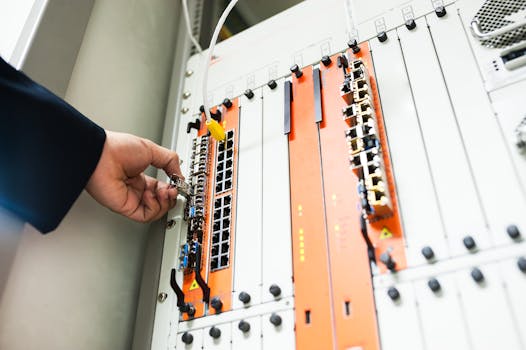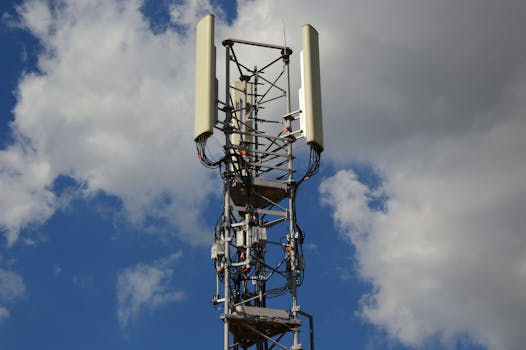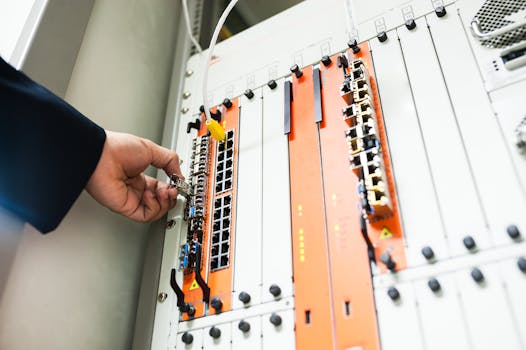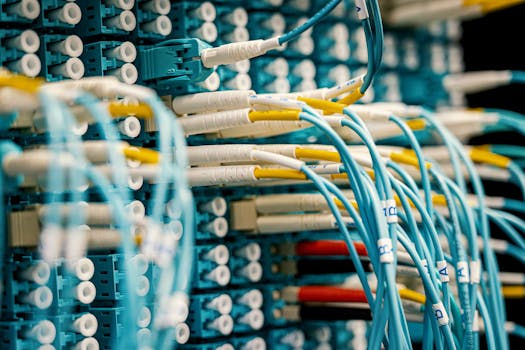
The Role of Fiber Optics in 5G Connectivity
The role of fiber optics in 5G connectivity is a crucial one, as it enables the fast and reliable transfer of large amounts of data. Fiber optic cables use light to transmit data, which allows for faster data transfer rates and lower latency compared to traditional copper cables. This makes fiber optics an essential component of 5G networks, which require high-speed data transfer to support a wide range of applications, including streaming, online gaming, and virtual reality.
Fiber optics in 5G connectivity are used to connect cell towers and small cells to the core network, allowing for the aggregation of large amounts of data and the provision of high-speed internet services. The use of fiber optics in 5G networks also enables the deployment of new technologies, such as edge computing and network slicing, which require high-speed and low-latency connectivity.
How Fiber Optics Support 5G Networks

Fiber optics support 5G networks in several ways. Firstly, they provide the high-speed connectivity required for 5G applications, such as streaming and online gaming. Secondly, they enable the deployment of small cells and cell towers, which are essential for providing 5G coverage in urban and rural areas. Finally, fiber optics enable the aggregation of large amounts of data from 5G devices, which is essential for supporting the vast amounts of data generated by 5G applications.
In addition to supporting 5G networks, fiber optics also play a crucial role in the deployment of other technologies, such as the Internet of Things (IoT) and smart cities. The use of fiber optics in these applications enables the transfer of large amounts of data in real-time, which is essential for supporting the vast amounts of data generated by IoT devices and smart city applications.
The Benefits of Fiber Optics in 5G Connectivity

The benefits of fiber optics in 5G connectivity are numerous. Firstly, they enable the provision of high-speed internet services, which is essential for supporting 5G applications. Secondly, they provide low latency, which is essential for supporting real-time applications, such as online gaming and virtual reality. Finally, fiber optics enable the deployment of new technologies, such as edge computing and network slicing, which require high-speed and low-latency connectivity.
In addition to these benefits, the use of fiber optics in 5G connectivity also enables the reduction of latency and the improvement of network reliability. This is because fiber optic cables are less prone to interference and degradation compared to traditional copper cables, which makes them ideal for supporting high-speed and low-latency applications.
Conclusion

In conclusion, the role of fiber optics in 5G connectivity is a crucial one, as it enables the fast and reliable transfer of large amounts of data. The use of fiber optics in 5G networks supports the deployment of new technologies, such as edge computing and network slicing, and enables the provision of high-speed internet services. As the demand for 5G services continues to grow, the importance of fiber optics in 5G connectivity will only continue to increase, making them an essential component of future telecommunications networks.



